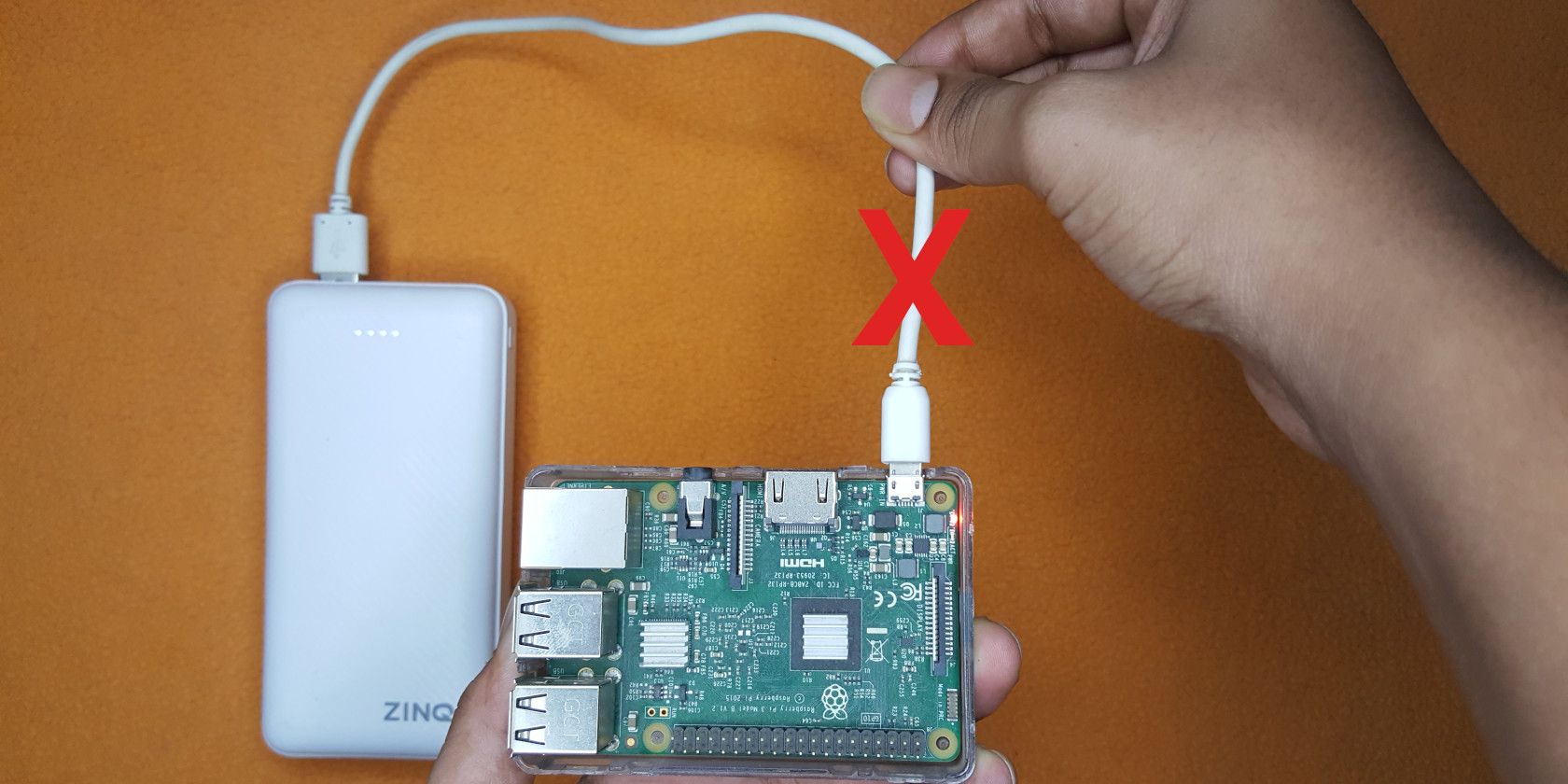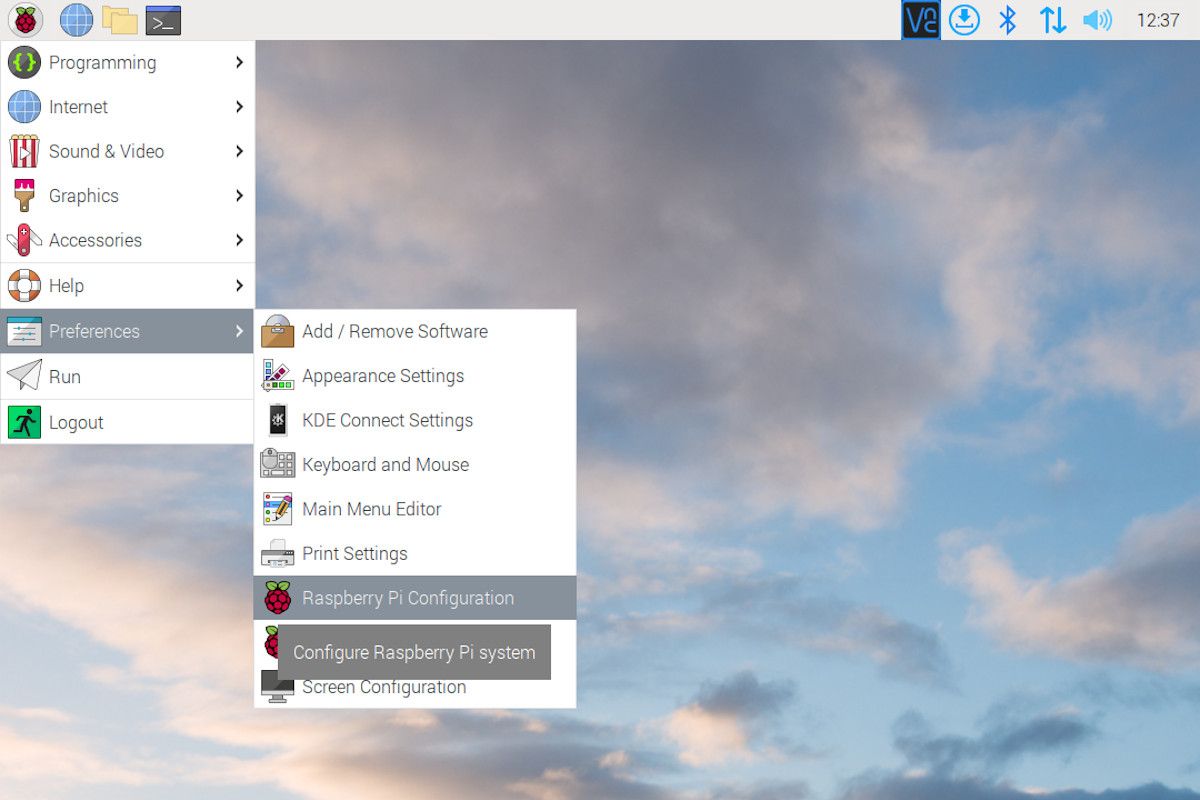In an era where physical proximity to our technology is increasingly becoming a thing of the past, how do we maintain control and efficiency over our Raspberry Pi devices from anywhere in the world? Remote management is no longer a futuristic concept; it's a present-day necessity, a gateway to unlocking unprecedented levels of operational agility and expanding the horizons of what's possible.
The relentless growth of Internet of Things (IoT) devices has fundamentally reshaped the technological landscape, creating new opportunities and challenges. Foremost among these is the imperative of remote device managementa critical skill for developers, IT specialists, and enthusiasts alike. Platforms like RemoteIoT have emerged to answer this call, offering a suite of powerful tools designed to streamline the remote management process. This article delves into the intricacies of remote Raspberry Pi management, exploring the practical aspects of setup, essential tools, crucial security considerations, and optimization techniques, all with the aim of empowering you to harness the full potential of your Raspberry Pi projects. Let's explore the power of remote Raspberry Pi management.
| Aspect | Details |
|---|---|
| Purpose | Remote management of Raspberry Pi devices. |
| Key Features | Centralized control, secure connections, automation, and real-time monitoring. |
| Benefits | Increased efficiency, reduced downtime, enhanced security, and cost savings. |
| Essential Tools | SSH for secure communication and file transfer protocols (SCP/SFTP). |
| Security Considerations | Strong passwords, two-factor authentication, regular software updates, and access log monitoring. |
| Optimization Techniques | Software (disable unnecessary services, use lightweight applications) and hardware (faster microSD cards, additional RAM). |
| Use Cases | Home automation, industrial IoT, and remote monitoring. |
| Platform Comparison | RemoteIoT stands out due to user-friendly interface, comprehensive features, strong community support, and cost-effective pricing. |
For comprehensive insights and in-depth information, consider the official Raspberry Pi documentation and guides available on the official website. Explore the documentation to augment your understanding of the platform. Raspberry Pi Official Website
The Raspberry Pi, a triumph of compact engineering, has reshaped the landscape of computing. Its accessibility and versatility have established it as a fundamental building block for educational projects, home automation systems, and industrial applications. The capacity to manage these devices remotely opens a new dimension of control, empowering users to access and manipulate their Raspberry Pi units from any location worldwide. This remote access capability isn't merely convenient; it is rapidly becoming essential in our interconnected digital age.
Remote management provides a pragmatic solution to maintaining and overseeing Raspberry Pi devices without the requirement of physical presence. With platforms like the RemoteIoT Management Platform, users acquire the ability to execute critical tasks such as software updates, file transfers, and comprehensive system diagnostics directly from a single, centralized dashboard. This capability translates into several core advantages that improve efficiency and reduce operational expenditures.
The advantages of employing a platform like RemoteIoT for remote Raspberry Pi management are numerous and impactful. Centralized control allows users to manage multiple Raspberry Pi devices via a unified interface, thereby streamlining administration and maintenance. Secure connections, achieved through encrypted protocols, guarantee data integrity and protect sensitive information during transmission. The automation features enable users to schedule routine tasks like backups and software updates, minimizing manual intervention and reducing the potential for human error. Real-time monitoring provides valuable insights into device performance, helping to identify and address potential problems before they escalate into more serious issues.
- Maddi Pann Nudes Fact Vs Fiction Amp What You Need To Know
- Discover Somali Telegram Groups Connect Thrive
Before delving into the specific configurations of remote management, it's essential to establish the necessary hardware prerequisites. Any Raspberry Pi model is compatible with remote management, ensuring that the capabilities are available across all generations of the device. A microSD card with a pre-installed operating system is essential for booting and running the Raspberry Pi. A reliable power supply is required to provide the necessary electricity to the device, and either an Ethernet cable or a Wi-Fi adapter is needed for network connectivity.
Once the hardware is in place, the next crucial step is to configure the software. This process begins with installing the latest version of the Raspberry Pi OS. The Raspberry Pi OS is meticulously optimized for the device, providing a stable and reliable environment that's essential for effective remote management. Following this, SSH (Secure Shell) must be enabled within the Raspberry Pi configuration settings. SSH is a cryptographic network protocol, providing a secure channel for communication. It is responsible for encrypting data during transmission and serves as a fundamental component of remote management. Finally, setting up a static IP address is strongly recommended to ensure consistent connectivity. This helps to maintain a stable connection to the device, enabling remote access without any interruptions. The last and perhaps most crucial step is installing the RemoteIoT Management Platform client, which will allow you to access and control your Raspberry Pi from a remote location.
Essential tools are needed to facilitate the remote management of Raspberry Pi devices. SSH is a cornerstone technology in this process. SSH provides a secure channel for communication, encrypting data during transmission to protect sensitive information from prying eyes. File transfer protocols are also vital, and these protocols include SCP (Secure Copy Protocol) or SFTP (SSH File Transfer Protocol). SCP and SFTP enable secure file transfers to and from the Raspberry Pi. They are essential for deploying scripts, updating configurations, and creating and managing backups of critical data.
Security must be the utmost priority in remote management. This necessitates the implementation of best practices to mitigate risks. The first and most fundamental step is using strong, unique passwords for all user accounts. This helps to thwart unauthorized access to your device, protecting your system from potential threats. Implementing two-factor authentication (2FA) is another crucial layer of defense. 2FA adds an extra layer of security by requiring a second form of verification, such as a code from a mobile app, in addition to the password. Regularly updating the software and firmware is critical to maintaining a secure system. This helps patch vulnerabilities that could be exploited by malicious actors and keeps your device protected. Finally, vigilantly monitoring the access logs for any signs of suspicious activity is essential. This allows you to identify and mitigate potential security breaches before they can cause significant harm.
Troubleshooting is an integral part of any remote management strategy, and connection problems are among the most frequently encountered issues. If you are unable to connect to your Raspberry Pi remotely, there are several things you should meticulously check. Firstly, verify your network connectivity and IP address configuration. Confirm that your device is properly connected to the network and that the IP address is correctly configured and accessible. Secondly, carefully check your firewall settings and port forwarding rules. Firewalls can inadvertently block remote connections, so you might need to configure your firewall to allow incoming connections on the appropriate ports. Thirdly, examine the SSH service status on the Raspberry Pi. Ensure that the SSH service is running correctly and restart it if necessary to re-establish a reliable connection.
Performance bottlenecks can also arise, and these can significantly affect the user experience. If your Raspberry Pi is running slowly, there are several steps you can take to address the issue and optimize its performance. Optimize CPU and memory usage to improve the responsiveness of your system. Clean up any unnecessary processes and services that may be consuming valuable resources. Consider upgrading your hardware to provide a performance boost.
Optimizing the performance of your Raspberry Pi involves paying careful attention to both software and hardware configurations. Tweaking the software settings can have a significant impact on system performance. Disable any unnecessary services and daemons that consume system resources unnecessarily. Adopt lightweight applications and operating systems that minimize the load on your device. Finally, consider enabling swap space to provide additional memory allocation, especially for memory-intensive tasks. For more demanding applications and workloads, consider upgrading your hardware to enhance performance. Use faster microSD cards to improve storage performance and reduce bottlenecks. Install additional RAM modules, if supported by your Raspberry Pi model, to increase the available memory. Also, consider utilizing external storage devices for large datasets or frequently accessed files to free up system resources.
The applications of the RemoteIoT Management Platform are diverse and expansive, touching a multitude of sectors and industries. In home automation, the platform can be used to remotely control smart home devices, monitor energy consumption, and automate routine tasks such as lighting and appliance control. In industrial IoT, it can be used to manage sensors and actuators within manufacturing environments, optimizing production processes, and significantly improving overall efficiency. In remote monitoring scenarios, the platform can be used to supervise environmental conditions in remote locations, ensuring that optimal performance is maintained.
While there are multiple platforms available that offer remote Raspberry Pi management, the RemoteIoT Management Platform distinguishes itself through several key advantages. Its user-friendly interface makes it easy to manage devices, streamlining the entire process. The comprehensive feature set provides all the necessary tools for efficient remote management, including robust monitoring and diagnostic capabilities. The strong community support offers invaluable assistance and access to a wealth of resources, helping users overcome challenges and maximize the platform's potential. The cost-effective pricing model makes it an accessible solution for both hobbyists and professional users alike.

